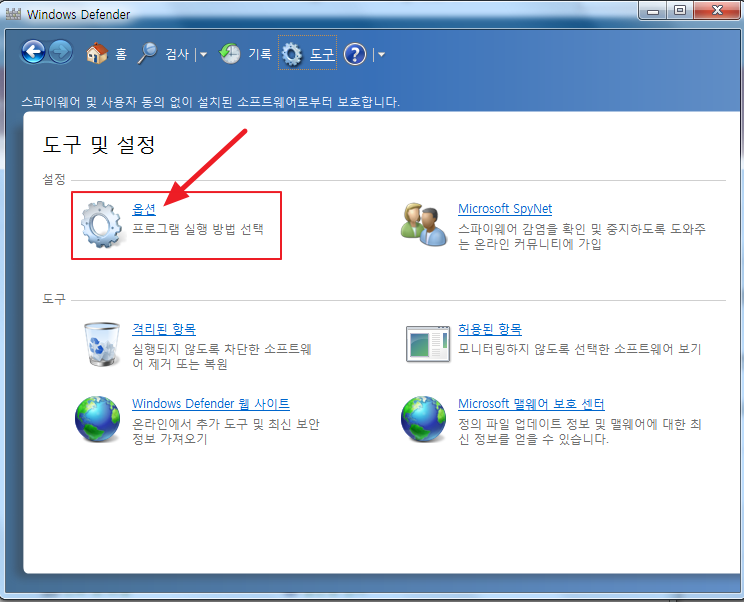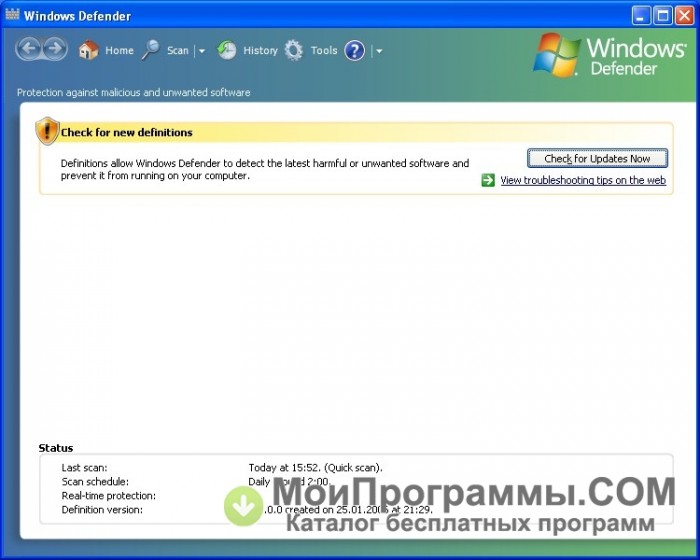
It's tedious to update them frequently from the anti-virus vendors site and also consumes a lot of bandwidth. With a patch management tool like Patch Manager Plus you can install Windows Defender automatically by keeping track of the Definition Updates being released every now and then. Note: The update sources which can be used are InternalDefinitionUpdateServer and Microsoft Malware Protection Center (MMPC).Īutomatic installation of Windows Defender updates: PS C:\> Update-MpSignature -UpdateSource MicrosoftUpdateServer If you wish to update the definitions source, you should alter the command given above. Type this command and press the 'Enter' key to update definitions.Then type 'cd.' again and press the 'Enter' key. First type 'cd.' and press the 'Enter' key.When prompted for the credentials, provide them.Right-click on it and choose to 'Run as administrator'. To install Windows Defender manually using Windows PowerShell, press 'Win Key + Q' and type 'Windows PowerShell'.How to update Windows Defender definition updates using Windows PowerShell?

This is how you install Windows Defender manually using the standard method. Follow the prompts given by the installation wizard to update the Windows Defender. Go to the downloads section and click on the downloaded file to install Windows Defender definitions.You can download them here:ģ2-bit version: Windows 7 / 8 or 8.1 / 10Ħ4-bit version: Windows 7 / 8 or 8.1 / 10 The next step is to download the installer files of the Windows version which you're using.

To begin with manually updating your Windows Defender, you'll have to first find out whether you're using a 32-bit or a 64-bit version of Windows 7/8.1/10.How to manually update Windows Defender definition updates? You can install Windows Defender manually in two ways:

Manual Installation of Windows Defender updates:


 0 kommentar(er)
0 kommentar(er)
